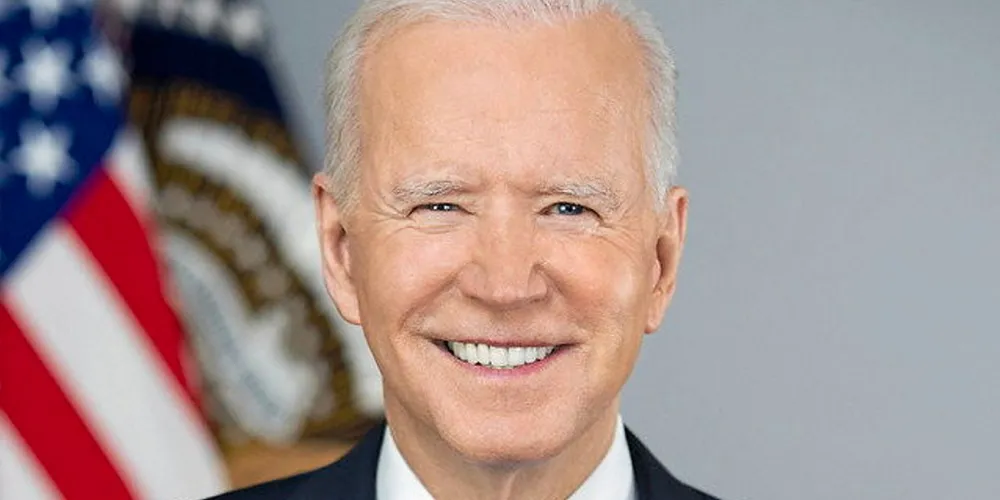US transmission barriers in crosshairs as Biden bids to build 'resilient' clean power grid
Department of Energy places emphasis in 'Building a Better Grid' plan on building long-haul interstate lines linking vast renewables resources in remote areas with major load centres
